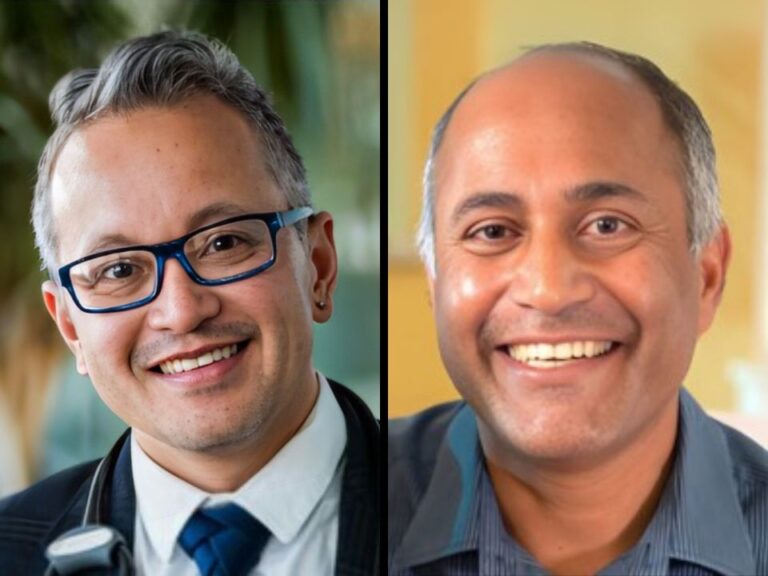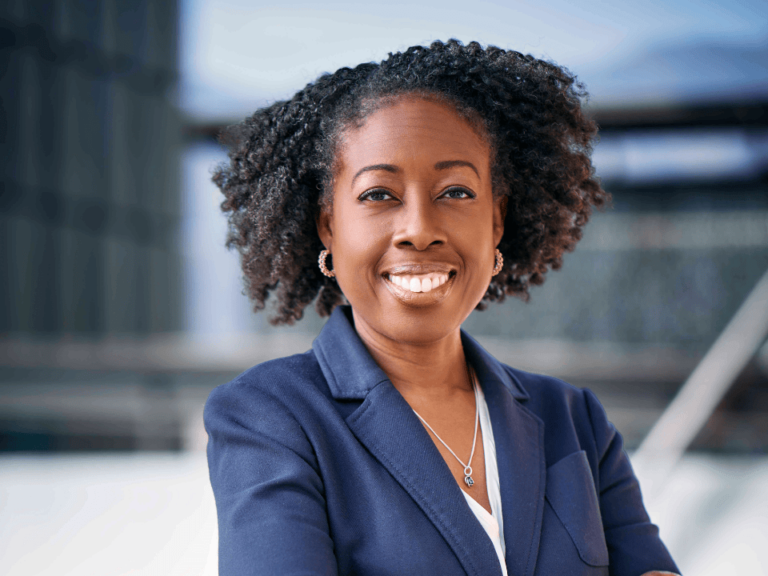Before May 14, 2022, if you mentioned Buffalo, NY, my mind would have taken me back to the city I knew in the 1960s. I grew up there. I was a kid from the ‘hood whose grandmother instilled messages about living a life based on grace and humility from day one. I was a Head Start kid surrounded by people who believed in the power of providing possibility. I was a kid from the poor, Black neighborhood that bordered the poorer, Black neighborhood, but I was rich in the experiences that earned me an acceptance letter to the University of Notre Dame where I got the foundation I needed to go to medical school. It is Buffalo, however, where I got the foundation I needed for life.
On May 14, 2022, a news alert on my phone made the blood drain from my face. I was utterly devastated to learn about the mass shooting at Tops Friendly Markets in Buffalo. Ten people died in aisles where they were buying bread and milk. Three people lived to tell their moment of facing death; their injuries will surely heal on the outside, but their minds and hearts will continue to break for the casualties and their community.
From what police say early in their investigation, the shooting on Jefferson Avenue—a place where I have walked countless times, where Rick James held concerts, a center for African Americans in the community—was a crime motivated by racial hatred.
There is a great chance I once crossed paths with the church deacon killed or the grandmother who operated a food pantry for 25 years.
That idea is not lost on me, and it is tragic. This is personal to me.
I am the only cancer center director from those streets of Buffalo. This is why I will not sit idle while my old neighborhood and our nation mourns, yet again, preventable deaths.
A cancer center is more than a place where patients can go for clinical care. A cancer center is more than a place where researchers get us one step closer to the cure for any and all cancers.
A cancer center is a place of and for public health. Gun violence is a public health emergency. How can a cancer center focus on truly treating the whole person if we do not address what is happening where the whole person lives, works, plays and prays?
According to Brady, one of America’s longest-standing gun violence prevention groups, 321 people are shot in the United States every day. Out of them, 111 die. Those are 111 mothers, fathers, spouses, cousins, friends, and in the case of Buffalo, community volunteers. They are people who live to give.
I am the only cancer center director from those streets of Buffalo. This is why I will not sit idle while my old neighborhood and our nation mourns, yet again, preventable deaths.
We must now give them our commitment to lead efforts to reframe gun violence and mass shootings in the context of public health, approaching it in much the same way as we do cancer.
There is not one “cancer,” nor is there one way to solve the cancer problem. Tackling cancer as a public health issue means implementing an entire ecological system to reduce incidence, prevalence and mortality.
As physicians, yes, we battle cancer one patient at a time, but the war is waged on multiple, broader fronts in laboratories, communities and through legislation. It means getting valuable, equitable data to drive scientific advances to develop diagnostics and cures. It also means implementing screening and prevention methods at the individual and community levels that will reduce our cancer risk.
Moreover, sustaining cancer research that saves lives means having policies to support it, whether that is public health initiatives that drive community uptake of screening or funding for scientific innovation.
The 2020 Small Arms Survey estimated 393 million of the 400 million guns in the United States are in civilian hands. When considering those numbers, I know May 14, 2022, is not the first time there was a gun somewhere on Jefferson Avenue in Buffalo. I know also that it will not be the last time, unless we catalyze change.
Gun violence does not happen in a vacuum; it is part of our societal ecology. Ecologically seeing gun violence as a public health crisis provides policymakers, individuals, whole communities, advocacy groups and stakeholders at all levels with the necessary framework to understand local and global risk factors and determinants to work towards modifying and, ultimately, reducing them.
The shooting of people just going shopping in Buffalo; the shooting of churchgoers just going to their house of worship in California; the shooting of children just going to school in Texas.
Make no mistake, we have another growing cancer in this country. That cancer is gun violence—and it has metastasized. Like all other cancers, we need a rational, thoughtful and committed approach to cure this public health cancer. If we can’t cure this, we can at least hope to reduce its burden. Prior to the war on cancer in 1971, cancer was winning.
Now, we’re increasing life expectancies. There are more survivors than ever before. As we reimagine the 21st century cancer center, we cannot be successful unless we address public health in our communities—gun violence cannot be ignored.
In June, I will be in Buffalo for the first time since this tragic shooting to speak at an event at Roswell Park Comprehensive Cancer Center.
My mind will be with the people of my hometown who are now just beginning the healing process. My mission will be to take this conversation to cancer centers across our country so that we all can begin to ignite policy change.










